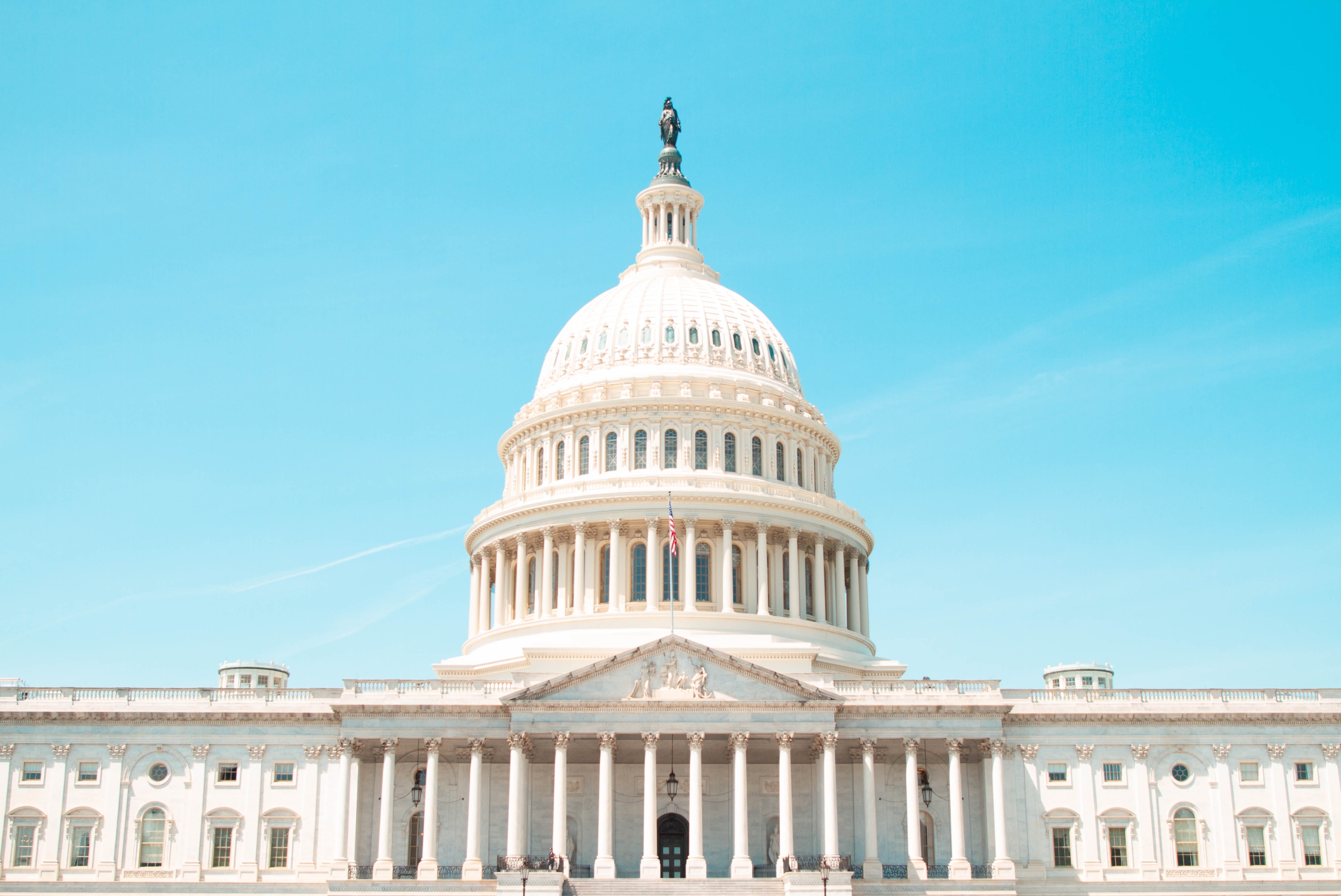The Senate Democrats’ heroic rescue and rebranding of President Joe Biden’s proposed Construct Again Higher Act is ripped from the pages of a political thriller. Villainous-turned-virtuous coal barons, deft political misdirection, malicious overseas governments, and a visitor look from the eponymous Larry Summers are featured within the resurrection of a invoice thought lengthy lifeless.
The Inflation Discount Act (IRA) will single-handedly transfer the U.S. out of the climate-laggard column because the nation elements firm with former stablemates Russia, China and Iran. Importantly, the IRA additionally clearly names fossil fuels as largely accountable for latest inflation-related affordability issues for a lot of Individuals.
Whereas the IRA’s US$374 billion over 10 years is lower than the US$550 billion contemplated within the Construct Again Higher invoice, the IRA’s local weather and vitality measures needs to be enough to place America on a path to chop greenhouse fuel emissions 40 per cent by 2030. The invoice consists of assist for the home manufacturing of key facets of the clear vitality transition, together with photo voltaic panels, batteries and warmth pumps. It additionally helps clear vitality tasks and gives customers with tax credit to assist the adoption of low-carbon expertise, together with electrical automobiles (EVs) and family home equipment. And at last, it helps adaptation tasks in communities worst hit by local weather change.
The IRA is a Democratic Frankenstein: half industrial technique, half local weather plan and half social justice — all with a protectionist bent. Nonetheless, it’s a monster that can essentially and completely change the U.S. manufacturing panorama. Future administrations will likely be hard-pressed to undo the IRA as EVs, clear metal and warmth pumps are produced in purple states, and necessities to make use of domestically sourced supplies and onshore manufacturing attraction to the GOP base.
Whereas the IRA has the potential to influence Canada’s economic system in some ways, three key alternatives stand out: cars, batteries and development supplies.
The IRA extends the US$7,500 tax credit score for brand new EVs and introduces a US$4,000 credit score for used EVs. These tax credit present an enormous alternative for Canada to provide electrical vehicles and their elements to the U.S. market. Previous to the invoice, tax credit expired as soon as an automaker reached EV gross sales of 200,000 automobiles, that means firms like GM and Tesla haven’t been capable of profit from them for years. The brand new uncapped tax credit score will drive EV gross sales and leverage Canada’s latest efforts to land agreements with Ford, GM and Stellantis and their unions to assemble EVs in Canada.
Much more necessary to Canada are the brand new guidelines on batteries. Beginning in 2024, to entry the EV tax credit score, the automobile should not solely be in-built North America, however its battery should comprise no less than 50 per cent mineral content material sourced in North America or by a U.S. buying and selling associate (i.e., not China), and 60 per cent of the battery elements (by worth) should be made or assembled in North America. These percentages rise by 10 per cent yearly till they attain 80 per cent in 2027 and 100 per cent in 2029, respectively.
Being one of many few nations with all of the important metals and minerals required for battery manufacturing — together with the flexibility to provide refined battery supplies with a low-carbon footprint because of Canada’s clear electrical energy grid — Canada stands to profit from the IRA’s battery content material necessities and eat into China’s 79 per cent market share of the worldwide lithium-ion battery market. Canada’s battery mineral manufacturing simply wants to select up the tempo.
And at last, in February, Biden introduced a Purchase Clear Process Pressure to make use of the federal authorities’s buying energy — the world’s largest — to create demand for low-carbon supplies whereas limiting entry to high-carbon imported metal and aluminum. The IRA gives the funding wanted to implement this govt order, together with greater than US$5 billion to buy low-carbon development supplies for federal buildings, highways, bridges and houses, alongside one other US$5.8 billion to put in “superior industrial expertise” in metal, cement and different industrial services.
Within the brief time period, this might create alternatives for Canadian industrial exporters, that are amongst the cleanest on this planet. Between 92 per cent and 99 per cent of Canada’s metal, aluminum and cement exports went to the U.S. in 2021, representing a $24-billion market. Contemplating that Canadian producers are on common 15 per cent to 74 per cent much less CO2-intensive than their U.S. counterparts, the IRA’s Purchase Clear provisions ought to increase these industries in Canada.
Over time, the IRA’s investments will push American producers to decarbonize and enhance transparency. This may put strain on Canadian corporations to do the identical with the intention to keep aggressive. Luckily, Canada is creating its personal Purchase Clear technique, which ought to use federal infrastructure investments to incentivize cleaner industrial manufacturing at house. Given our two international locations’ extremely built-in markets, it is sensible for Canada to align our respective requirements and knowledge, guaranteeing Canada’s low-carbon constructing supplies have preferential entry to U.S. procurement processes.
The IRA reinforces that Canada’s local weather ambition is the most effective path ahead for sustained job progress. Alternatives within the rising clear economic system will likely be seized by international locations and industries that lead. Local weather change prices us all, however Canadian staff can pay an extra worth if future Canadian governments backtrack on Canada’s local weather progress.
This put up was co-authored by Rachel Doran and initially appeared within the Nationwide Observer.

